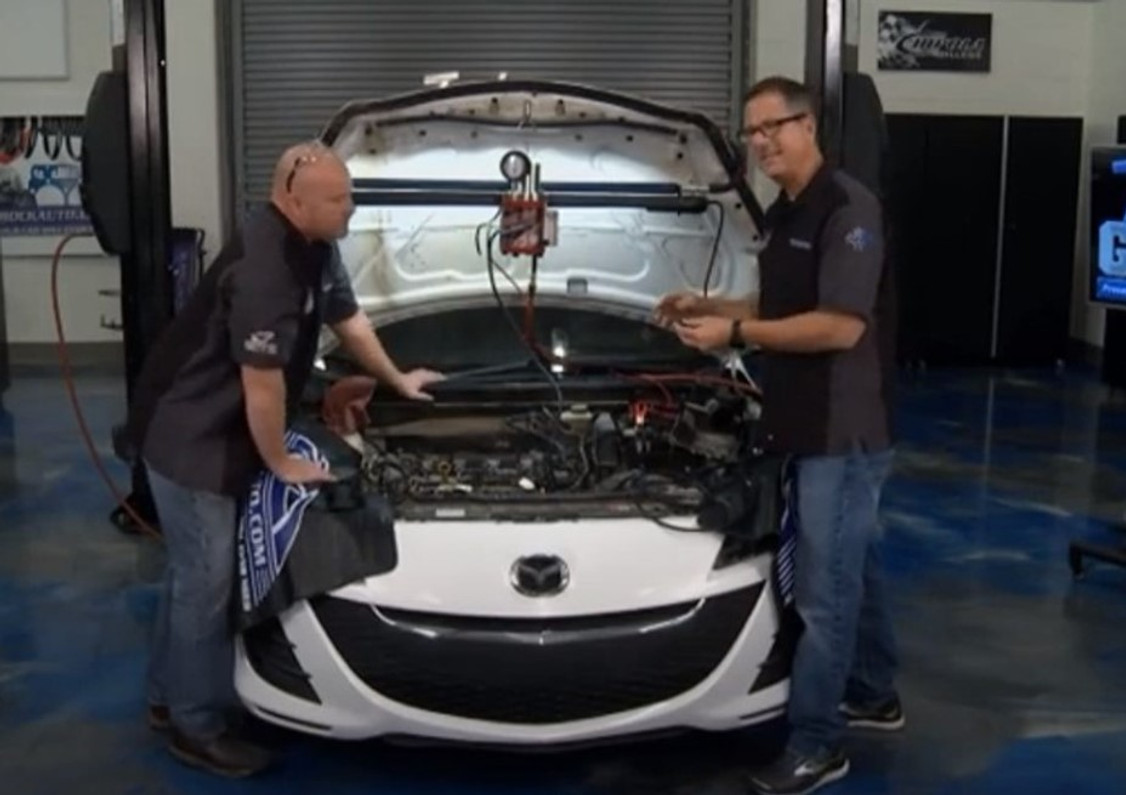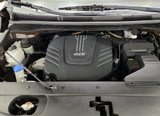Smoke Machines for Automotive Repair: Guide for Auto Technicians
Wise Auto Tools: What are smoke machines used for in relation to the automotive repair industry? Smoke machines are commonly used in the automotive repair industry to locate leaks in a vehicle's evaporative emission control (EVAP) system. The EVAP system is responsible for preventing fuel vapors from escaping into the atmosphere and it typically includes components such as the fuel tank, fuel lines, and charcoal canister.
When the EVAP system has a leak, it can cause a variety of issues, including poor fuel economy, decreased engine performance, and even an illuminated check engine light. Smoke machines are used to locate these leaks by pressurizing the system and introducing smoke into it. The smoke will then escape from any leaks in the system, allowing technicians to pinpoint their location and repair them.
Smoke machines are also used to test other systems in vehicles, such as vacuum lines, exhaust systems, and turbocharger systems, for leaks and faults. By introducing smoke into these systems, technicians can quickly identify any issues that may be present and take the necessary steps to repair them. Overall, smoke machines are a valuable tool for automotive technicians in diagnosing and repairing various vehicle systems.
RL95-0003C Smoke Pro Total-Tech Kit
Question - What are some fault codes that are related to EVAP leaks and poor fuel economy?
There are several fault codes that can be related to EVAP leaks and poor fuel economy, including:
P0440 - Evaporative Emission Control System Malfunction: This code indicates a general problem with the EVAP system and can be caused by a variety of issues, including a leak in the system.
P0442 - Evaporative Emission Control System Leak Detected (Small Leak): This code indicates that a small leak has been detected in the EVAP system, which can result in poor fuel economy.
P0455 - Evaporative Emission Control System Leak Detected (Large Leak): This code indicates that a large leak has been detected in the EVAP system, which can lead to poor fuel economy and other issues.
P0496 - Evaporative Emission System High Purge Flow: This code indicates that there is excessive flow in the EVAP system, which can be caused by a leak or other issue and can result in poor fuel economy.
If you are experiencing any of these fault codes, it is important to have your vehicle inspected by a qualified technician that has a smoke machine to identify and repair any issues that may be present in your EVAP system.
Question - What do repair shops usually charge for diagnosing EVAP leaks using a smoke machine?
The cost of diagnosing an EVAP leak using a smoke machine can vary depending on several factors, such as the location and type of repair shop, the make and model of the vehicle, and the severity of the problem. Generally, the cost of a smoke test for an EVAP leak can range from $80 to $150 or more.
Some repair shops may offer a flat-rate diagnostic fee, which can range from $50 to $100, while others may charge an hourly rate, which can range from $100 to $200 or more per hour. In addition to the cost of the diagnosis, there may be additional fees for any necessary repairs or parts replacement.
It's always a good idea to get multiple quotes from different repair shops to compare prices and find the best option for your specific needs and budget. Additionally, it's important to choose a reputable and qualified repair shop with experienced technicians who can accurately diagnose and repair any issues with your vehicle's EVAP system.
Question - Can smoke machines be used to help diagnose vacuum leaks?
Yes, smoke machines can be used to help diagnose vacuum leaks in a vehicle. Vacuum leaks can cause a variety of issues, including poor fuel economy, rough idle, and decreased engine performance, and can be difficult to locate without the proper tools.
By introducing smoke into the vacuum system, technicians can quickly identify any leaks that may be present. The smoke will be pulled into the system through the leak, allowing technicians to pinpoint its location and make the necessary repairs.
In addition to diagnosing vacuum leaks, smoke machines can also be used to identify other types of leaks in a vehicle, such as those in the EVAP system, exhaust system, and turbocharger system. Overall, smoke machines are a valuable tool for automotive technicians in diagnosing and repairing various vehicle systems.
Here are some other common questions related to smoke machines for auto repair:
Question - How do smoke machines work?
Smoke machines work by introducing smoke, usually generated by heating a special fluid, into the vehicle's various systems. The smoke is then pulled through any leaks that may be present, allowing technicians to locate and diagnose the issue.
Question- Are smoke machines safe for use on vehicles?
Yes, smoke machines are safe for use on vehicles. The smoke used is non-toxic and will not damage any of the vehicle's components.
Question - Can smoke machines be used on all types of vehicles?
Yes, smoke machines can be used on most types of vehicles, including cars, trucks, and SUVs. However, some specialized vehicles or systems may require a different type of diagnostic tool.
Question - How long does it take to diagnose an issue with a smoke machine?
The time it takes to diagnose an issue with a smoke machine can vary depending on the specific problem and the vehicle being worked on. In some cases, the issue may be immediately apparent, while in others, it may take several hours of testing and troubleshooting to identify the problem.
Question - Can smoke machines be used to identify other types of issues besides leaks?
Yes, smoke machines can be used to identify other types of issues in a vehicle, such as airflow restrictions, electrical faults, and more. However, the specific capabilities of each smoke machine may vary.
Question - How can a smoke machine be used to diagnose an electrical fault?
While smoke machines are primarily used to diagnose leaks in automotive systems, they can also be used to help identify some electrical faults in a vehicle. Here's how:
Smoke can be introduced into a vehicle's interior to test for air leaks around the doors, windows, and other openings. This is particularly useful in identifying leaks that may be allowing water to enter the vehicle and cause electrical problems. If smoke is visible entering the vehicle at any point, it indicates an air leak that needs to be sealed.
Smoke can also be introduced into the engine compartment to test for vacuum leaks in the various hoses and connections. In some cases, a vacuum leak can cause electrical issues, such as a malfunctioning sensor or actuator. By identifying and repairing vacuum leaks, technicians may be able to resolve certain electrical problems.
Finally, smoke can be used to test the functionality of electrical components that rely on vacuum, such as vacuum-operated actuators and valves. By introducing smoke into the system and observing the behavior of these components, technicians can diagnose issues with their operation.
It's important to note that smoke machines are not a comprehensive tool for diagnosing all types of electrical faults, and should only be used as part of a broader diagnostic approach. If your shop doesn't have a good smoke machine consider purchasing one with us today!
Recent Posts
-
Debunking Myths: Is Stainless Steel Just Carbon Steel with Rust Protection?
Hello, I'm Dennis Bandy, owner of Wise Auto Tools and a Master Automotive Technician with many years …15th Jul 2025 -
Head Bolt Stripping in Kia and Hyundai Engines: How Common Is It and How to Fix It
A customer recently emailed us with a great question: “What percent of Kia vehicles would you say ha …9th Jul 2025 -
Pentastar 3.6L Head Bolt Thread Repair on a Budget
We recently received a great question from Michael, a DIYer facing a common problem of stripped thre …19th Mar 2025




